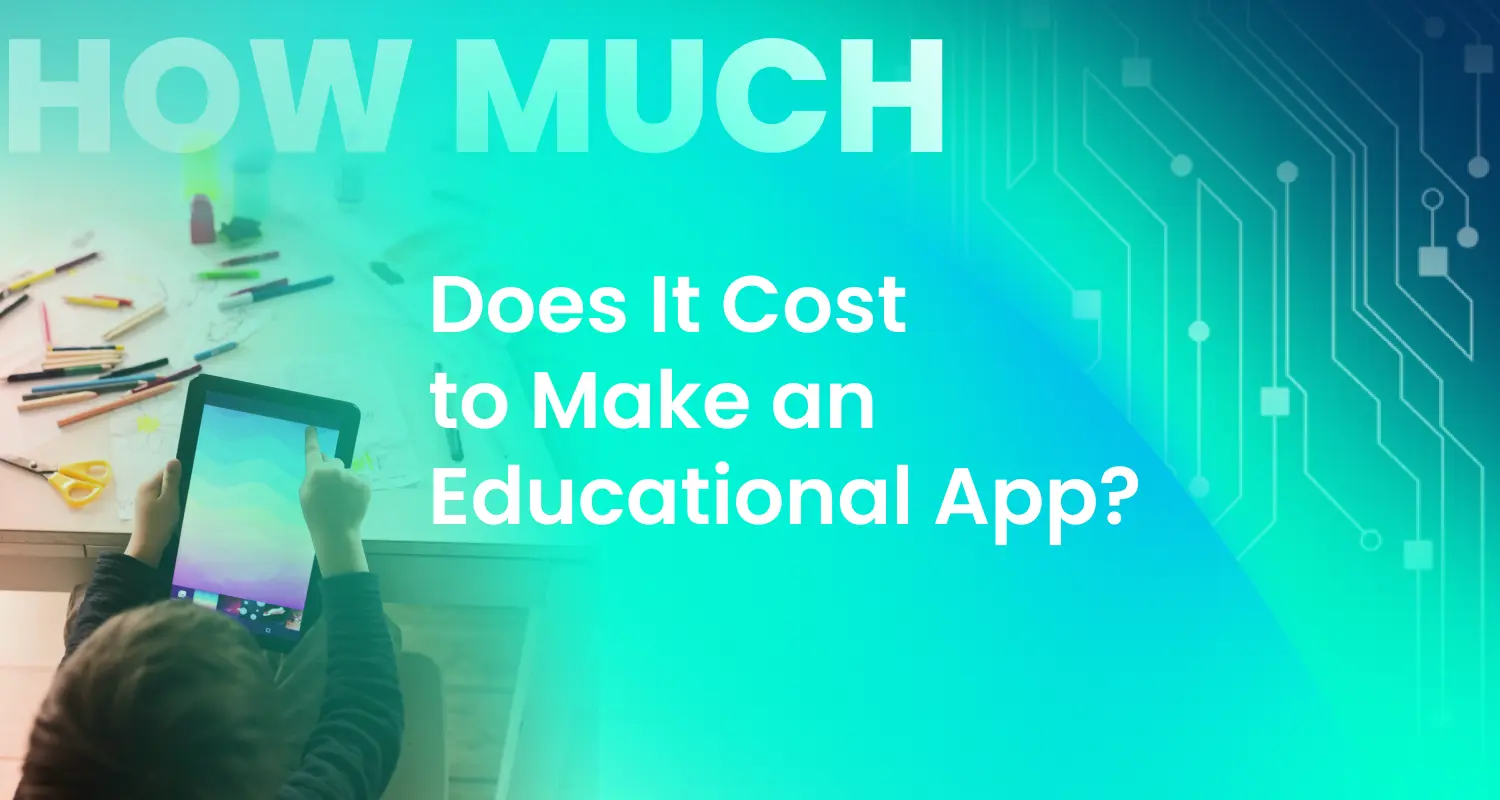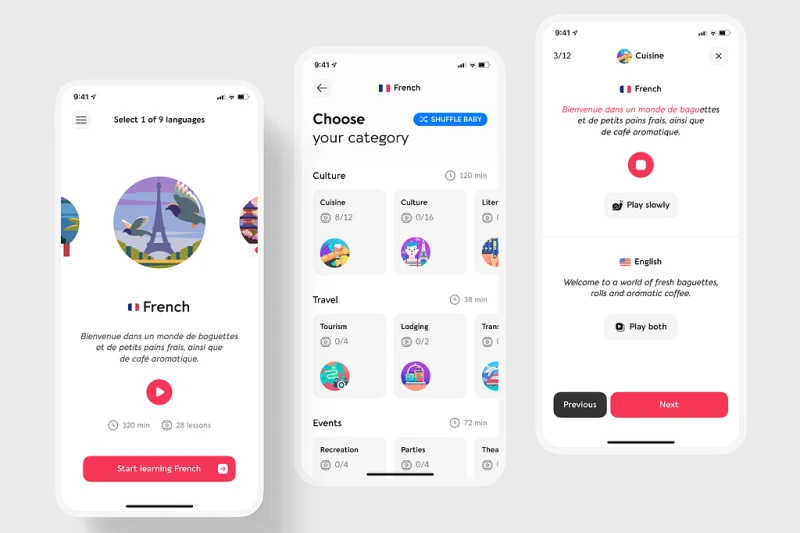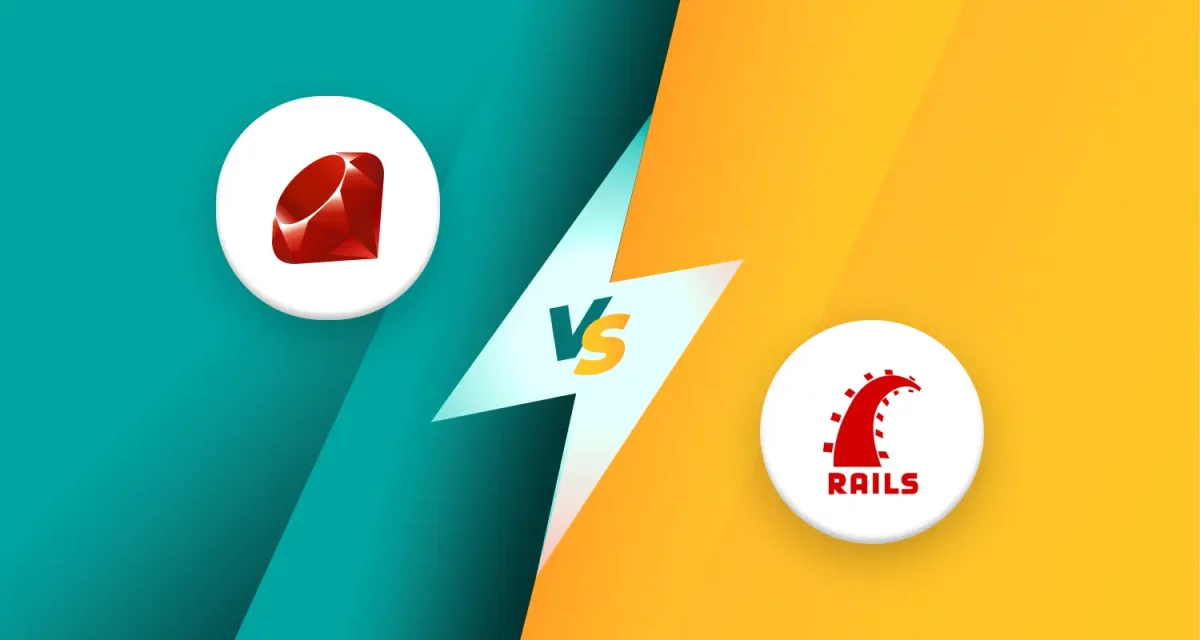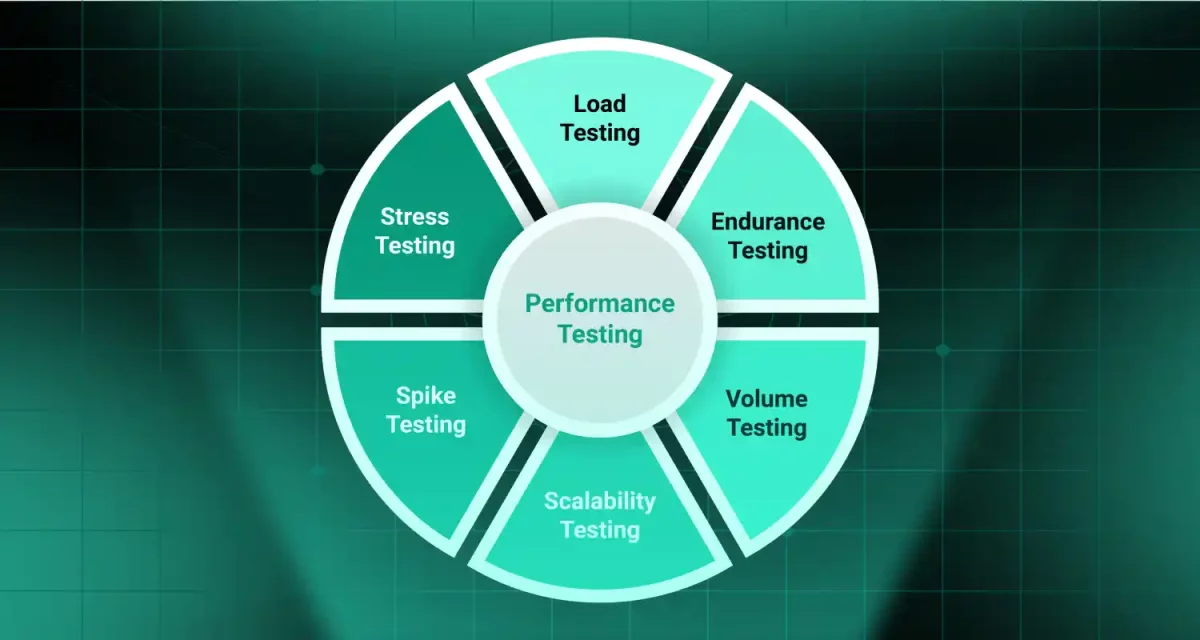 With the rapid expansion of digital learning, more entrepreneurs, educators, and organizations are looking to build their educational apps. However, a significant question arises: how much does it cost to make an educational app? Understanding the full scope of educational app development costs is essential for making informed financial decisions.
With the rapid expansion of digital learning, more entrepreneurs, educators, and organizations are looking to build their educational apps. However, a significant question arises: how much does it cost to make an educational app? Understanding the full scope of educational app development costs is essential for making informed financial decisions.
Developing an educational app requires balancing multiple factors such as complexity, platform choice, and design intricacies. Whether creating a simple quiz-based app or a feature-rich e-learning platform, knowing the cost to develop an educational app can help you allocate your budget effectively.
This article explores a comprehensive educational app development cost breakdown to give you a clear cost estimate and help you plan efficiently.
1. What is an educational app?
An educational app is a digital tool designed to facilitate learning experiences, making education more accessible, engaging, and interactive. These apps cater to students, educators, and businesses offering training modules. Some well-known examples include Coursera, Udemy, and edX.
The e-learning app development cost depends on the type of app being developed, the target audience, and the required functionalities.
Read more >>> How Much Does It Cost to Develop A Healthcare App?
2. Types of educational apps
Understanding the type of educational app you want to develop is crucial when estimating the cost to develop an educational app.
2.1. E-learning platforms

E-learning platforms are comprehensive digital learning solutions that allow users to access educational content from anywhere in the world.
Apps like Coursera, Udemy, and edX provide various courses on subjects ranging from business and technology to arts and science.
These platforms typically feature interactive video lectures, downloadable resources, quizzes, and certification programs.
Many e-learning apps implement subscription-based models or pay-per-course pricing, which can significantly impact the cost of building an educational app.
2.2. Language learning apps
Language learning apps like Duolingo and Babbel are designed to help users acquire new languages using AI-driven algorithms and gamification techniques.
These apps offer interactive exercises, speech recognition, and progress-tracking features that enhance the learning experience. Incorporating AI and gamification elements can increase the e-learning app development cost but significantly improve user engagement and retention.
2.3. Gamified learning apps
Gamified learning apps like Kahoot! and Quizlet incorporate game mechanics such as leaderboards, challenges, and rewards to make education more engaging.
These apps are widely used in classrooms and corporate training programs to facilitate learning interactively and enjoyably. Including real-time multiplayer quizzes and AI-driven personalization can increase the average cost of developing an educational app.
2.4. Tutor-based apps
Tutor-based apps like Wyzant and Preply connect students with professional tutors for one-on-one learning sessions. These platforms offer features like live video classes, in-app messaging, and payment processing for tutoring services.
Developing such an app requires robust backend infrastructure to support live interactions and secure transactions, contributing to higher educational app development cost breakdown estimates.
2.5. School management apps
School management apps like Google Classroom and Blackboard help educational institutions streamline administrative tasks, including class scheduling, assignments, grading, and communication.
These platforms integrate multiple functionalities, requiring extensive development efforts, thus influencing the education app development pricing.
Schools and universities rely on these systems to enhance collaboration between teachers and students while maintaining a structured learning environment.
Read more >>> How Much Does It Cost to Make a Dating App in 2025?
3. How much does it cost to make an educational app?

The cost to develop an educational app varies significantly based on the complexity, features, and development location. Below is an estimated breakdown of educational app development costs across different app categories:
3.1. Basic educational app ($20,000 – $50,000)
- Simple UI/UX design: A clean, user-friendly interface with minimal design elements
- Limited interactive elements: Basic features like multiple-choice quizzes and simple learning modules
- Basic quizzes and progress tracking: Users can take quizzes and track their performance over time
- Limited multimedia content: The app may include images and basic audio but lacks advanced video or animation features
3.2. Moderate educational app ($50,000 – $100,000)
- Enhanced UI/UX with custom branding: Improved aesthetics with a branded interface and smooth navigation
- Multimedia integration (videos, images, animations): Support for richer content formats to enhance the learning experience
- User authentication and profiles: Secure login and personalized profiles for tracking progress
- Notifications and reminders: Push notifications to keep users engaged with lessons and assignments
- Essential AI-driven personalization: The app can suggest content based on user behavior and learning progress
3.3. Advanced educational app ($100,000 – $300,000+)
- AI-driven adaptive learning experiences: Personalized learning paths that adjust based on user progress and performance
- Live streaming classes and interactive video sessions: Real-time interaction between teachers and students for an immersive experience
- Virtual Reality (VR) and Augmented Reality (AR) functionalities: Enhanced engagement through immersive learning experiences
- Gamification with rewards, badges, and leaderboards: Encourages users to stay engaged through competition and incentives
- Machine learning-based recommendations for personalized learning paths: AI-driven recommendations for content and lesson plans
The educational app development cost estimate depends on the development team’s expertise, the technology stack, and ongoing maintenance requirements.
Read more >>> How Much Does It Cost to Build an iOS App 2025?
4. Key factors influencing educational app development cost
Several factors determine the cost of developing an educational app. The more advanced and feature-rich an app is the higher the development cost. Below is a breakdown of the key elements that influence education app development pricing:
4.1. App complexity and features
The complexity of an educational app directly impacts development costs. An essential app with minimal features will be more affordable, whereas an advanced app with AI-driven functionalities, gamification, and real-time interaction will require a higher budget.
Here’s a breakdown of standard features and their estimated development costs:
- Basic features ($5,000 – $15,000):
- Quizzes, flashcards, and progress tracking
- Text-based lessons with simple interactions
- Basic user authentication
- Moderate features ($20,000 – $50,000):
- Live streaming classes and interactive whiteboards
- Multimedia content integration (videos, animations, and images)
- Push notifications and reminders
- Multi-user support (students, teachers, parents)
- Advanced features ($30,000 – $100,000+):
- AI-driven adaptive learning experiences that personalize content for users
- Speech recognition for language learning apps
- Augmented Reality (AR) and Virtual Reality (VR) integration for immersive learning
- Gamification with leaderboards, badges, and achievement tracking
The choice of features depends on your app’s target audience and long-term business goals. A well-planned roadmap can optimize costs while ensuring scalability for future updates.
4.2. Platform selection
Budgeting for app development is largely dictated by the selection of either iOS, Android or a cross-platform methodology. Individual platforms possess unique specifications and associated production expenses.

- iOS development
- Generally more expensive due to Apple’s strict app guidelines and approval process
- Requires high-quality UI/UX to meet Apple’s App Store standards
- Testing is easier since Apple has a limited number of devices.
- Android development
- Android apps must be tested across multiple devices, increasing quality assurance (QA) costs
- Google Play Store policies are less restrictive, leading to a smoother app approval process
- Costs may be lower compared to iOS due to fewer design constraints
- Cross-platform development
- Using React Native or Flutter can reduce development costs by 30-40% compared to separate native apps
- Offers faster time-to-market and lowers maintenance costs
- However, performance might be slightly lower than that of fully native applications
The right platform depends on the target audience, device preference, and budget constraints.
Read more >>> What is the Difference Between iOS and Android Development?
4.3. Design and user experience (UI/UX)
A well-designed UI/UX keeps users engaged and enhances the overall learning experience. However, visually appealing and interactive design increases e-learning app development costs.
- Basic UI design ($5,000 – $10,000)
- Simple, intuitive interface with essential navigation features.
- Basic color schemes and minimal animations.
- Standard fonts and UI elements.
- Advanced UI/UX with custom animations ($15,000 – $30,000)
- High-end, branded UI with unique animations and interactive elements.
- Microinteractions that improve user engagement.
- Smooth transitions and gesture-based navigation.
- Accessibility features for students with disabilities.
Investing in high-quality UI/UX design leads to better user retention and engagement, essential for educational apps requiring long-term learning commitment.
4.4. Development team location and expertise
The cost to build an educational app is significantly influenced by the location of your development team. Compensation fluctuates according to proficiency, specialized knowledge, and regional market rates.
- North America and Western Europe: $100 – $250 per hour
- High-quality development but expensive.
- Suitable for businesses targeting premium educational experiences.
- Eastern Europe: $40 – $100 per hour
- Cost-effective option with strong developer expertise.
- A growing hub for high-quality software development.
- Asia and Latin America: $20 – $50 per hour
- Most affordable development rates.
- Additional project management may be required to ensure quality.
Hiring a development team that aligns with your budget and quality expectations is crucial for the success of your educational app.
4.5. Integration with third-party services
Educational apps often require third-party integrations to enhance functionality, which impacts development costs. Some standard integrations include:
- Payment gateway integration ($5,000 – $15,000)
- Secure payment processing for subscription-based learning apps
- Supports multiple payment methods such as credit cards, PayPal, and digital wallets
- Video conferencing features ($10,000 – $50,000)
- Essential for live streaming classes and virtual tutoring
- Integration with platforms like Zoom, WebRTC, or Twilio increases costs
- AI and Machine learning features ($20,000 – $100,000+)
- AI-powered chatbots for automated learning assistance
- Machine learning algorithms for personalized content recommendations
- Speech and text recognition for language learning apps
4.6. Additional costs to consider
Beyond initial development, ongoing costs impact the average cost to develop an educational app. These include:
- App maintenance and updates ($5,000 – $20,000 per year)
- Bug fixes, security updates, and new feature rollouts
- Ensures compatibility with the latest iOS and Android updates
- Hosting and cloud storage ($500 – $5,000 per month)
- Costs depend on the number of users and the amount of content stored
- Services like AWS, Google Cloud, and Azure enable flexible growth through their cloud-based platforms
- Marketing and user acquisition (Varies based on strategy)
- Paid ads, influencer partnerships, and social media marketing can exceed 30% of the total budget
- Essential for attracting users and maintaining engagement post-launch
5. Benefits of building an educational app

The rise of digital learning has transformed the education industry, making knowledge more accessible, engaging, and customizable.
Developing an educational app offers several advantages for institutions, educators, and businesses looking to impact the e-learning sector. Here are the key benefits:
5.1. Expand global reach
Geographical boundaries often limit traditional education, but e-learning platforms remove these restrictions, allowing institutions to connect with students worldwide. With an educational app, users can:
- Access learning materials from anywhere, whether in urban or remote areas
- Overcome time zone barriers with on-demand lessons and self-paced courses
- Engage in multilingual support, catering to diverse learners across different regions
For universities, coaching centers, and independent educators, this global accessibility increases enrollment opportunities and helps reach a wider audience without physical infrastructure limitations.
5.2. Personalized learning experience
One-size-fits-all education models are becoming obsolete. AI-powered educational apps can tailor content to meet individual learning styles and needs. Features like:
- Adaptive learning algorithms that analyze student performance and adjust difficulty levels
- Custom learning paths based on user interests, past progress, and skill gaps
- Gamified learning techniques, such as badges, leaderboards, and rewards, to enhance motivation
By offering personalized recommendations and progress tracking, these apps ensure students learn at their own pace, improving retention and engagement.
5.3. Multiple monetization opportunities
Investing in an educational app opens various revenue streams for businesses, schools, and educators. Some popular monetization models include:
- Subscription-based learning: Monthly or yearly plans offering exclusive content
- In-app purchases: Paid access to premium courses, study materials, or certifications
- Advertisements and sponsorships: Collaborate with brands relevant to your target audience
- Freemium model: Provide introductory courses for free while charging for advanced content or extra features
These monetization strategies make educational apps financially sustainable and ensure continuous updates and content improvements for users.
5.4. Establish brand authority and credibility
A well-developed educational app enhances a brand’s presence in the education technology (EdTech) sector and positions it as an industry leader. By offering high-quality learning experiences, organizations can:
- Gain trust among students, teachers, and institutions.
- Build partnerships with schools, universities, and corporate training programs.
- Increase brand visibility through positive reviews, testimonials, and word-of-mouth recommendations.
A strong digital education platform can also open doors for collaborations with government programs, NGOs, and international institutions, further solidifying market presence.
6. How can Stepmedia Software help estimate your educational app development cost?

Stepmedia Software offers expertise in mobile app development, focusing on educational technology. Our services include:
- Comprehensive cost estimates: Receive a detailed educational app development cost breakdown tailored to your project.
- Scalable solutions: Develop an app that grows with your user base while optimizing performance.
- Optimized development process: Minimize unnecessary expenses while maintaining high-quality standards.
If you’re looking for a precise educational app development cost estimate, contact us today to start your journey toward building a successful e-learning platform.
7. Final thoughts
Understanding how much does it costs to make an educational app is crucial for budgeting and planning. The cost to build an educational app varies significantly based on complexity, features, and third-party integrations. While a basic educational app may cost between $20,000 – $50,000, a highly interactive AI-powered learning platform could exceed $300,000.
For startups and businesses planning to enter the e-learning industry, balancing features, platform selection, and user experience is essential while optimizing the development budget. Partnering with an experienced development team and leveraging cost-saving strategies like cross-platform development can help maximize value while keeping expenses in check.
With expert guidance from Stepmedia Software, you can efficiently manage your app development budget and create a high-quality educational app that meets your goals.




